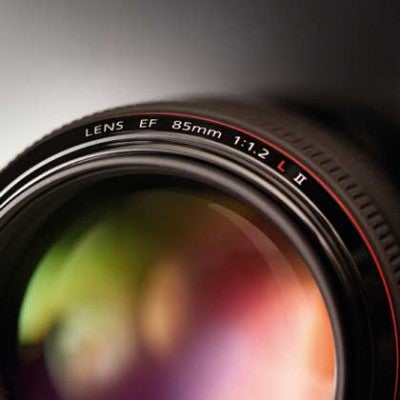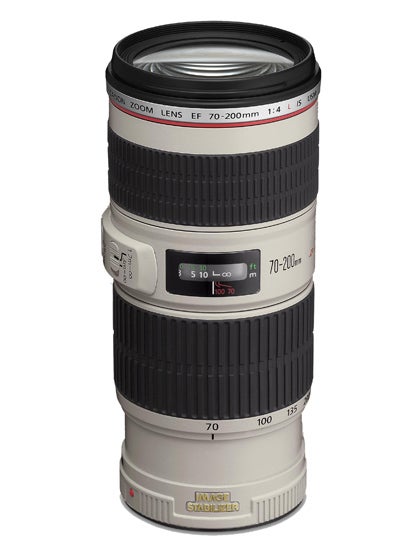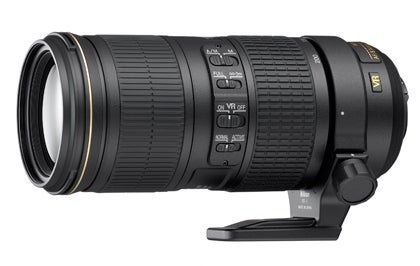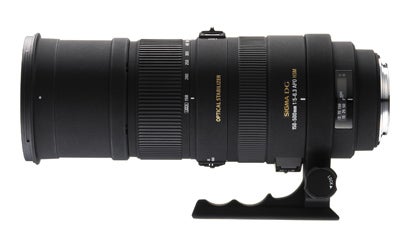Complete Guide To Lenses – Telephoto Zooms
Telephoto lenses have a narrower field of view than wider optics, enabling you to crop in on details and magnify more distant subjects so that they appear closer to you than they actually are.
They’re perfect for photographing things that you can’t get physically close to (at least, not safely) such as elusive wildlife subjects and many sports.
They’re also used for selective in-camera cropping, so you can fill the frame with a single tree in a landscape, or person in a crowd.
Telephoto lenses imbue your images with certain aesthetic traits, such as shallower depth of field, and the sense of compressing distance so that elements further away in your scene seem right on top of closer ones.
Although there’s a wide choice of prime telephoto lenses, zooms offer the huge advantage of allowing you to zoom in or out to get the exact framing you want, which is especially useful given that in many of the situations in which you’d use one you may not be able to freely move around.
As a result, a telephoto zoom is a worthy addition to any photographers lens armory. Here are four great options…
£520
While not quite as fast as Canon’s pro-spec 70-200mm f/2.8 zoom, this f/4 sibling can be purchased for about a third of the price, making it very good value.
Despite the £1000 price difference the f/4 remains a solid, well-made lens that’s also lighter and easier to carry.
During lab tests the f/4 produced excellent sharpness results, and while some colour fringing was apparent at 70mm other focal settings were free of any such aberrations.
Lens Mount – Canon EF-S
Construction – 16 elements, 9 groups
Filter Thread – 67mm
Weight – 760g
Nikon AF-S 70-200mm f/4 G ED VR
£949
Nikon’s 70-200mm f/4 G telephoto zoom is positioned as a cheaper and lighter alternative to the company’s 70-200mm f/2.8 professional-grade lens; the savings to be made equate to around £600 and 700g in weight.
As the f/4 is a newer model you’ll also benefit from Nikon’s most recent generation of Vibration Reduction image stabilisation technology, which allows you to shoot at up to five stops slower than would normally be possible.
Lens Mount – Nikon F (FX)
Construction – 20 elements, 14 groups
Filter Thread – 67mm
Weight – 850g
Sigma 150-500mm f/5-6.3 DG OS HSM
£749
This ultra telephoto zoom is available in a variety of lens mount options and features a built-in Optical Stabiliser, which is all but essential when shooting at the upper limits of its telephoto reach without a tripod.
The lens is fairly bulky and heavy as might be expected, however the internal AF drive system is quick and relatively quiet. Resolution tests in the lab reveal decent, if not quite outstanding results, with sharpness dropping off the further you extend into telephoto territory.
Ultimately, it’s all about the 150-500mm of zoom power on offer.
Lens Mount – Nikon, Canon, Pentax, Sigma, Sony
Construction – 22 elements, 16 groups
Filter Thread – 95mm
Weight – 1970g
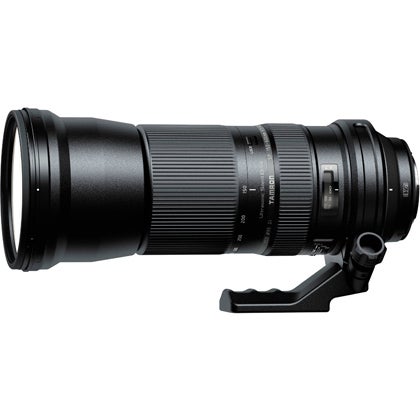
Tamron 150-600mm f5-6.3 SP Di VC USD
£949
Pushing the telephoto boundaries even further is the Tamron 150-600mm ultra telephoto zoom.
Designed for use with both APS-C and full-frame DSLRs the lens is available to fit a range of manufacturers, and further benefits from a range of built-in features including Vibration Compensation, Image Stabilisation, and an Ultrasonic Silent AF Drive for quiet operation.
Lens Mount – Canon, Nikon, Sony, Pentax
Construction – 20 elements, 13 groups
Filter Thread – 95mm
Weight – 1951g





